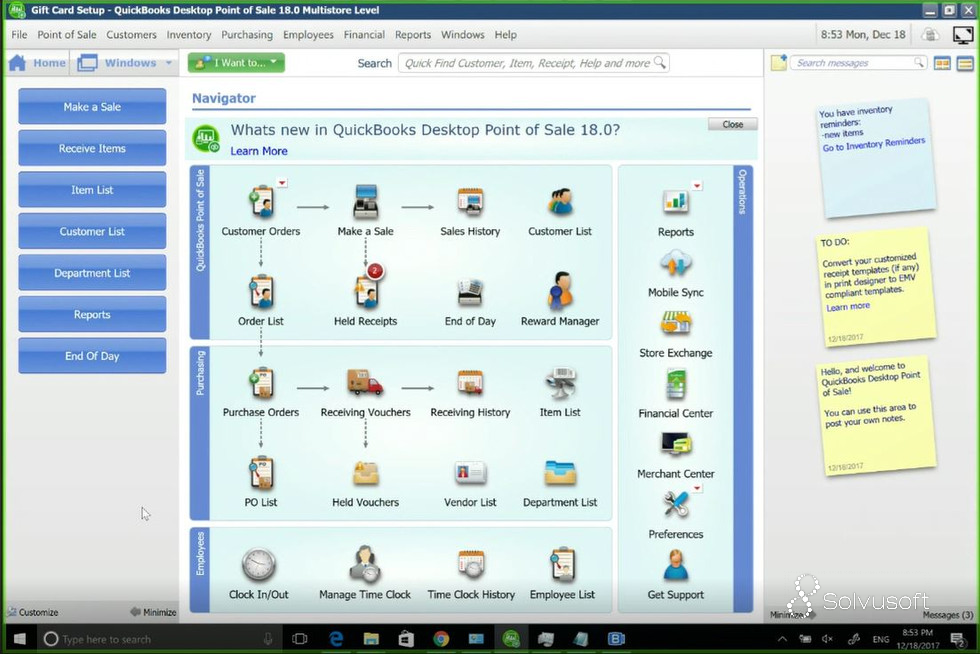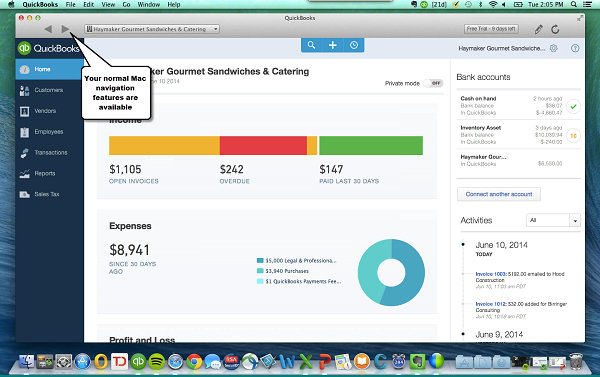
Enter the serial numbers for the items currently on hand. Select the Item field, then enter the item name, or select the drop-down arrow and choose it from the list. Select the Adjustment Type drop-down arrow, then choose Serial Number. Go to Inventory > Adjust Quantity/Value on Hand. You’ll be using the Adjust Quantity/Value on Hand window to assign serial or lot numbers to existing inventory: To assign serial/lot numbers to existing inventory:įirst, make sure you have all the information about the serial or lot numbers associated with your current inventory on hand. Eventually, your company file will have all your serial numbers. It’s OK to continue your current method of tracking while slowly moving to QuickBooks by entering all newly purchased or assembled items with serial numbers as you acquire them. If you have a lot of items with serial numbers already in inventory, you may choose to not enter them all in QuickBooks right away. You don’t have to assign serial or lot numbers to existing inventory to start tracking serial or lot numbers. 

Serial or lot numbers are now turned on in your company file and you can begin using them. Note that you can override these global warnings for each inventory and assembly item in the Edit Item window.
(Optional) Under Default settings for inventory and assembly items, click the drop-down arrows and set your preferences for warnings for all inventory and assembly items. The serial/lot number moves to the invoice or sales receipt when the sale becomes final. 
Note: QuickBooks doesn’t remove these numbers from what’s available to sell. Unless you specify otherwise, QuickBooks adds a serial or lot number field to most purchase forms and sales forms including:
(Optional) Select which forms serial or lot numbers appear on. Select Enable Lot or Serial Numbers, then Serial Numbers or Lot Numbers. Select Advanced Inventory Settings, then choose the Serial/Lot Numbers tab. On the left pane, select Items & Inventory, then choose the Company Preferences tab. From the Edit menu, select Preferences. If you haven’t done so, open Advanced Inventory Settings for serial and lot numbers. Need a recall report in case you have to track all the items from a specific lot (such as which items are in inventory and which customers purchased them). Keep track of which customers bought items from a specific lot. Need a report that shows the invoices related to a specific serial number (this helps you track down a serial number’s history for a warranty). Want to know which serial numbers are in inventory. 
Keep track of which customers bought specific serial numbers. Buy and sell inventory items that have unique serial numbers.








 0 kommentar(er)
0 kommentar(er)
